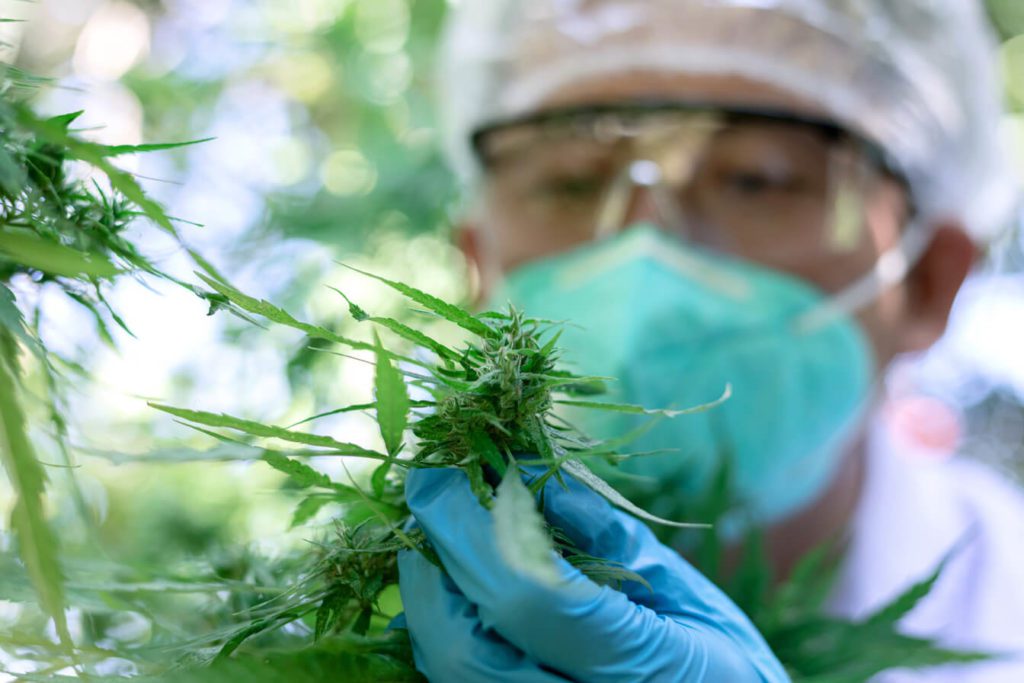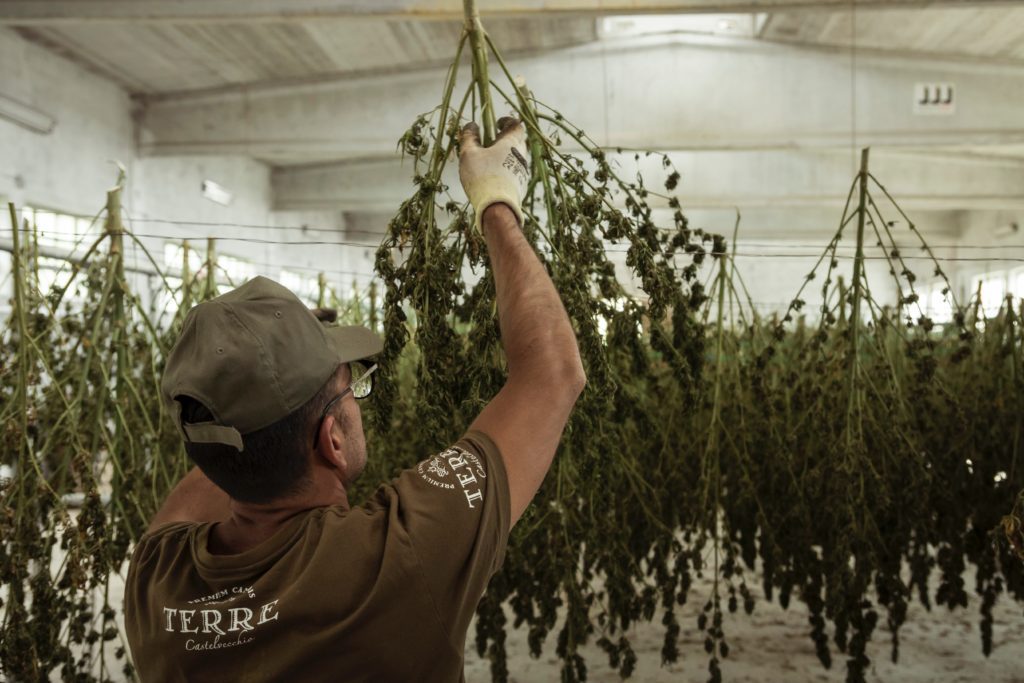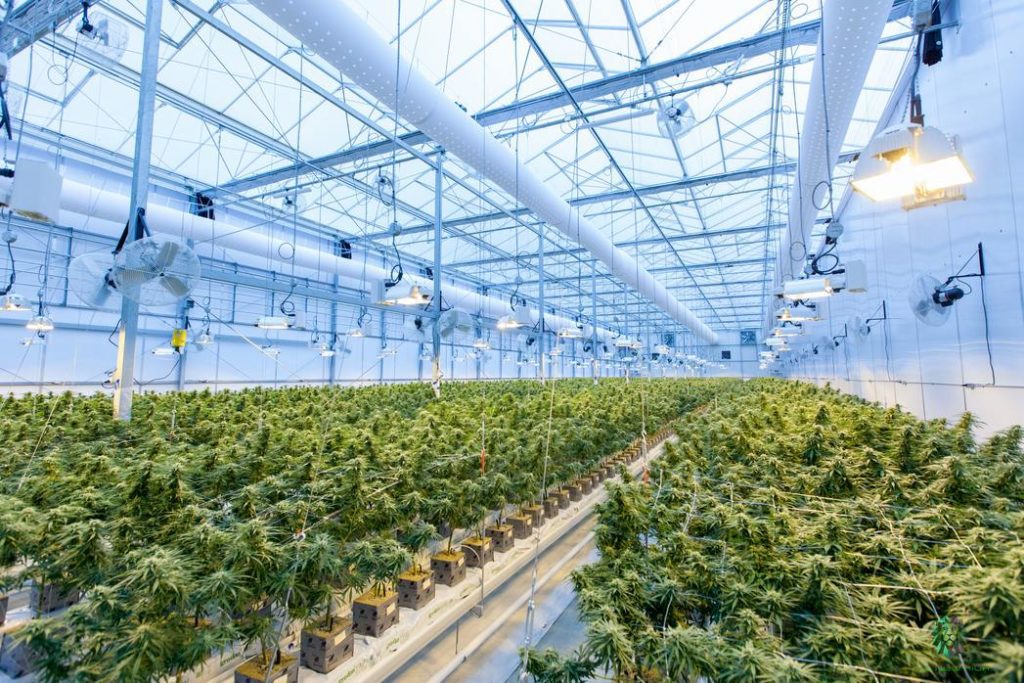The legalisation of cannabis has enticed large numbers of new players into the marketplace, many of whom lack the know-how that grey-market artisan growers have spent decades acquiring. To fill that knowledge gap, an explosion of scientific research is beginning to demystify the cultivation process, giving new entrants the confidence to proceed without the input of a seasoned cannabis expert.
However, as any experienced grower will tell you, cannabis cultivation is as much an art as it is a science. That being the case, can anyone other than a master grower truly understand the plant’s many nuances and idiosyncrasies.
Flushing Out The Truth

The fascinating dichotomy between the solidity of the scientist and the finesse of the master grower is perfectly encapsulated by the current debate around the practise of “flushing”. This involves withholding nutrients during the final week or two of flowering, and while most artisan growers insist that this results in a better-tasting product, a small number of recent studies have suggested that flushing does not bring any objective advantages.
As a master grower with no PhD in plant biology but years of service in the cannabis industry, UK-based cultivation expert Toby Shillito concedes that these findings can’t be ignored. However, he maintains that “practical hands-on experience tells you that when you get to the final product, flushing gives you a smoother, cleaner taste. That’s not something that can be easily quantified scientifically, but any experienced consumer can discern whether cannabis has been flushed or not.”
Still, studies negating the need for a flush should not be dismissed. By Shillito’s own admission, such research is extremely useful as it challenges certain elements of conventional cannabis wisdom. However, an experienced cultivator also understands that any published findings will have been generated under specific growing conditions and may not be reproducible when these parameters are altered.
Indeed, different master growers specialise in different cultivation systems, and what applies to one may not apply to another. Horticulturalist Stewart Maxwell, for instance, has designed numerous commercial grow facilities using organic cultivation methods that don’t involve the use of nutrient salts, and therefore preclude the need for flushing. “I’ve definitely tried conventionally grown cannabis that was not a great experience, though I don’t know if that’s because it wasn’t flushed,” he says. “it’s not necessary for me to flush, but in some systems it may provide a benefit.”
At the end of the day, a grower needs to know their plants and their cultivation system inside out before they can establish whether flushing is necessary. Undoubtedly, new science is contributing valuable new insights on this topic, but the truth remains that there is no one-size-fits-all approach to flushing or cannabis growing in general, and there’s no substitute for experience.
Finding The Cure
Another limitation of many scientific studies is that they zoom in on specific aspects of cultivation, yet don’t look at the process holistically. As with all methods and techniques, flushing can’t be fully appreciated when viewed in isolation, as it is one of many complementary processes that collectively determine the quality of a final product.
“People often assume that if the ash is dark and the taste is harsh then the product wasn’t flushed, but I believe that’s a general misconception about cannabis,” says Portuguese biologist and cannabis expert Miguel Pereira. “I think clear ash [and smooth taste] is actually a sign of good drying and curing. It comes down to the relative humidity inside the bud.”

Post-harvest processes like drying and curing are of paramount importance to the quality of a final product, and there’s little point studying the effects of flushing if these vital steps are not performed correctly. “It’s very well established that proper curing leads to a better product,” says Maxwell. “You can absolutely ruin a very nice product with an improper or quick cure. And that’s the mistake that I most commonly see cultivators still making in Canada.”
A discerning customer will always appreciate well cured cannabis, and while some newer licensed cultivators seek to speed up this process using technological approaches like irradiation, most master growers warn against such practices. Pereira, for instance, says that he has seen companies mechanically dry their cannabis in just a few short days. While this may sound efficient and cost-effective, a true cannabis connoisseur understands that “a product that’s dried that quickly is not going to be a good quality product especially for smoking.”
According to Shillito, post-harvest artistry is what currently separates most master growers from the more data-driven novices within the cannabis market. Highlighting the importance of this phase of the production cycle, he compares the process to wine-making: “If you’ve got bad grapes you can never make good wine, but if you’ve got good grapes you can only ever ruin them – you can’t make them any better. So you need to put as much care into what you do in the cellar as what you do in the vineyard.”
Sadly, however, many commercial cannabis operations seem to be lacking in post-harvest elegance. “I don’t think I’ve seen any facility where they haven’t had really rough, untrained people doing the drying, curing and packing,” says Shillito. “Because of this, companies are regularly losing up to two or three percent of their THC by rough handling in the post-harvest area.”
Details like this are yet to be appreciated by academic researchers, and while it’s certainly possible to quantify and measure many aspects of cultivation, no grow will ever achieve its full potential without a little artistry.
Art Vs Science
Thanks to a century-long moratorium on research, cannabis science remains frustratingly incomplete, and the bulk of understanding resides with non-academic investigators and craft cultivators. The biotic function of phytocannabinoids like THC and CBD, for example, has never been definitively ascertained, although a great deal of knowledge can be gleaned from the experiments conducted by master growers.
For example, some growers have noticed that cannabis plants increase their production of certain cannabinoids when exposed to ultraviolet B (UVB) radiation, suggesting that these compounds may act as a kind of natural sunscreen. Many cultivators therefore expose their plants to this type of radiation in order to boost cannabinoid yields, despite a lack of conclusive studies on whether or not this actually works.

Discoveries like this not only act as testament to the invaluable work of artisan growers, but also serve to expose the current state of play of cannabis science, which is yet to unlock the plant’s most sought-after secrets. By playing the role of both artist and scientist, however, many master growers have developed an intimate relationship with the species, resulting in a more nuanced understanding of cannabis biology.
This sentiment is echoed by Pereira, who says that licensed cultivators who place all of their trust in scientific data while overlooking the wisdom of master growers are destined to fail. “I think we’re reaching what I call the ‘great filter’ in the cannabis industry, because many companies work with scientific officers that try to back everything up with studies. But I think a lot of these organisations are lacking the real experience and knowledge of the plant,” he says.
Such a notion is crystalised by the debates around the function of phytocannabinoids, which Maxwell believes are the plant’s own evolutionary response to human subjectivity. “The evidence is very clear that the primary function of THC in the plant is that we like it,” he says. “We’ve selected plants for their THC content for 5,000 years, so we’re essentially human pollinators.”
“Cannabis has leveraged our desire to propagate itself all over the world,” he says, summing up the importance of our tastes and predilections to the survival of the species. In other words, cannabis has evolved with our ability to experience pleasure, and if there’s one more thing that the cannabis industry can learn from wine, it’s that pleasure is as much an art as it is a science.
Looking ahead, it seems inevitable that science will eventually unearth more pieces of the cannabis puzzle, yet only time will tell if data can ever replace the need for master growers.